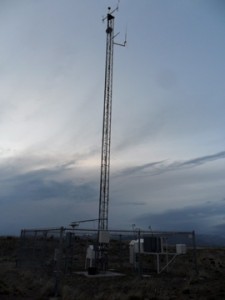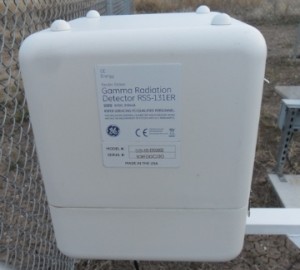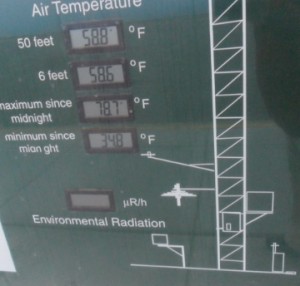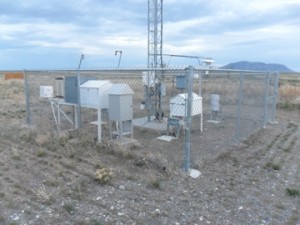“Afghanistan would sign long term partnership agreement with the People’s Republic of China and the agreement will probably be inked during President Hamid Karzai’s participation at the Shanghai Cooperation Organization (SCO) summit on June 6-7 in China.”–Zalmai Rasoul, Foreign Minister of Afghanistan
China will join United States, Britain, Germany, India, Italy and Australia in long term “strategic” pacts with Afghanistan.
27 May 2012, local officials in Paktia Province are now confirming that a U.S./NATO airstrike, on the night of 26 May, has killed eight civilians, and that not a single Mujahideen was killed.
Earlier, reports said as many as 20 Mujahideen were killed by the U.S. led airstrike, but when local officials investigated all they found were the bodies of one man, his wife and their six children!
Also on 27 May 2012, Afghan Ministry of Defense says five of their soldiers were killed, and 13 wounded in battles in the following provinces: Kapisa, Kunar and Laghman.
The Ministry of the Interior claims that six Mujahideen were killed, two wounded, and nine captured in the following provinces: Kapisa, Kandahar, Maidan Wardak and Khost.
International Security Assistance Force (ISAF) says three U.S./NATO personnel were killed by Mujahideen attacks in eastern Afghanistan, on 27 May. ISAF also confirmed that four U.S./NATO personnel were killed by explosions on 26 May. ISAF did not give much info (SOP) other than the explosions were separate incidents.
About 169 occupying personnel have been killed since the beginning of 2012.
In Baghlan Province, five people wearing police uniforms tried to steal a truck hauling oil. They were arrested. Owners of the oil tankers are praising local authorities because hi-jackings of tankers by people wearing police uniforms has been ongoing on Baghlan-Samangan highway.
26 May 2012, in Kabul Province two police officers were arrested and accused of helping alcohol and drug traffickers. Officials say one of the arrested cops is a high level officer.
The counter-narcotics and intoxicants court, in Kabul city, says in the past month at least 50 people have been detained. Compare that to last year when a total of 53 people were detained. Now realize that those 53 people included 33 cops!
Also on 26 May, officials in Ghazni Province say local civilians, and the local Mujahideen group Islamic Party of Afghanistan (Hezb-e-Islami), repelled an attack from an outsider group.
The local civilian militia, and Hezb-e-Islami, claim to have killed 12 and captured 15 of the outsider militants. The report also says the attacks took place in at least five villages. Other sources say the attacks took place weeks ago and are only now being reported.
The new French President, Francois Hollande, has pulled an Obama! Just weeks ago he sounded like he was getting France out of Afghanistan altogether. Now he admits that even after the official French withdrawal there will still be 1,400 French troops in country, to help the United States with training and logistics.
On 23 May, one member of the Afghan Parliament (National Assembly of Afghanistan), Qorban-Ali Erfani, said the United States was bribing officials with money and promises of immigration to the U.S., if they would approve the midnight military pact signed by Obama and Karzai on 1 May.
On 26 May the parliament approved the pact. But wait, there’s more! Of the 249 members of parliament only 183 were present, and only six of them voted against it. Where were the other 66? Unnamed sources say the 66 who were no shows were threatened because they were openly against the Obama/Karzai pact.



